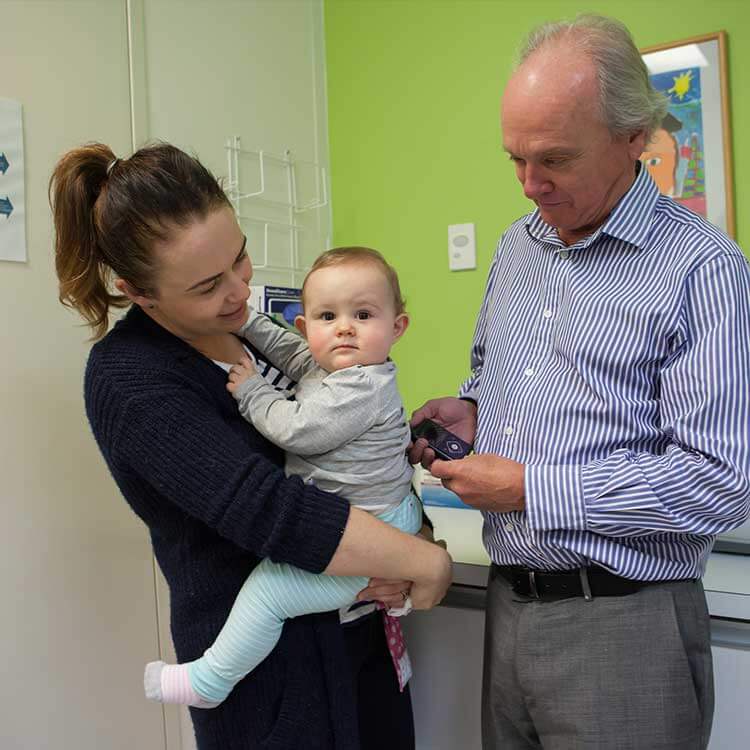Search
Research
Hybrid Closed-Loop Versus Manual Insulin Delivery in Adults With Type 1 Diabetes: A Post Hoc Analysis Using the Glycemia Risk IndexGlycemia risk index (GRI) is a novel composite metric assessing overall glycemic risk, accounting for both hypoglycemia and hyperglycemia and weighted toward extremes. Data assessing GRI as an outcome measure in closed-loop studies and its relation with conventional key continuous glucose monitoring (CGM) metrics are limited.
Research
Shoulder dystocia in babies born to Aboriginal mothers with diabetes: a population-based cohort study, 1998–2015Australian Aboriginal and Torres Strait Islander women with diabetes in pregnancy (DIP) are more likely to have glycaemic levels above the target range, and their babies are thus at higher risk of excessive fetal growth. Shoulder dystocia, defined by failure of spontaneous birth of fetal shoulder after birth of the head requiring obstetric maneuvers, is an obstetric emergency that is strongly associated with DIP and fetal size.
Research
A randomised trial of a trauma-informed well-being program to promote mental health in adolescents with type 1 diabetes: Study protocolChildren and young people with type 1 diabetes (T1D) experience high rates of mental ill health and stress due to the emotional and cognitive energy required to manage their condition. Our team has codesigned Wellbeing T1D, a brief trauma-informed online intervention for adolescents living with T1D. This 5-week intervention will teach skills to promote problem solving, improve emotional regulation and promote helpful thinking and coping.
Research
Long-term outcome of insulin pump therapy in children with type 1 diabetes assessed in a large population-based case-control studyWe determined the impact of insulin pump therapy on long-term glycaemic control, BMI, rate of severe hypoglycaemia and diabetic ketoacidosis (DKA) in children.
Research
The effect of midday moderate-intensity exercise on postexercise hypoglycemia risk in individuals with type 1 diabetesRecently we reported a biphasic increase in glucose requirements to maintain euglycemia after late-afternoon exercise, suggesting a unique pattern of delayed...
Research
A population-based study of risk factors for severe hypoglycaemia in a contemporary cohort of childhood-onset type 1 diabetesThe aim of this study was to examine the incidence rates and risk factors associated with severe hypoglycaemia in a contemporary cohort of children and...
Research
Early loss of the glucagon response to hypoglycemia in adolescents with type 1 diabetesThe objective was to assess the glucagon response to hypoglycemia and identify influencing factors in patients with type 1 diabetes compared with nondiabetic...
Research
Hypoglycemia does not change the threshold for arousal from sleep in adolescents with type 1 diabetesIn adolescents with type 1 diabetes, hypoglycemia does not impair arousal from slow-wave sleep induced by an external auditory stimulus.
Research
Increasing the low-glucose alarm of a continuous glucose monitoring system prevents exercise-induced hypoglycemiaThe use of continuous glucose monitoring systems (CGMSs) with low-glucose alarms is advocated as a means to decrease the risk of hypoglycemia in type-1 Diabetes

The Children's Diabetes Centre's research into Type 1 diabetes, childhood onset Type 2 diabetes and obesity aims to improve the lives of children and adolescents affected by these conditions.
